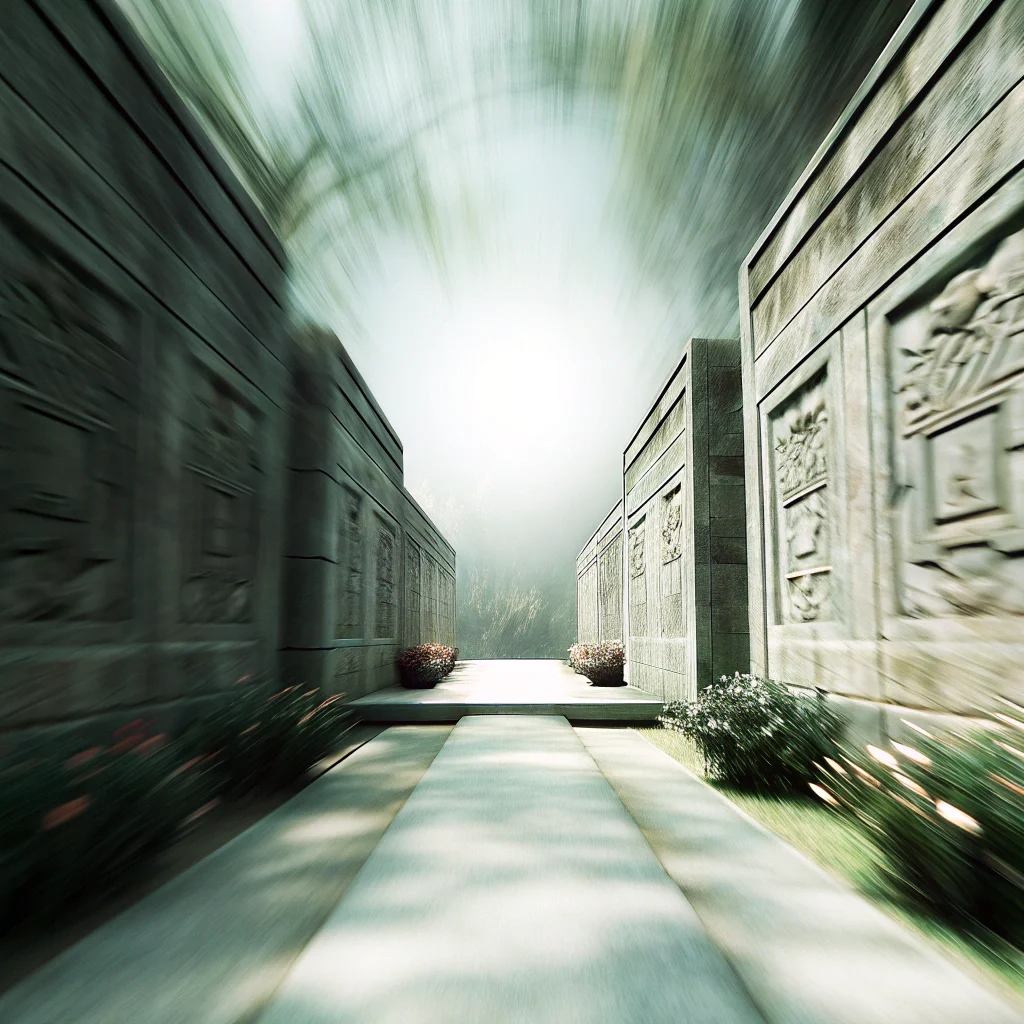Spiritual walls often block our connection to the divine, creating invisible barriers between ourselves and higher consciousness. Each of us has experienced moments when these spiritual walls make our heart seem closed to meaningful experiences. In the Hasidic tradition, this state is called “dullness of heart” (timtum halev). How can we break through these barriers, and why is this so important for our spiritual growth?
Understanding the “Dullness of Heart” Phenomenon
Imagine your heart suddenly becoming like stone—hard and insensitive. You try to pray, but cannot penetrate the spiritual walls that prevent sincere communion with the Divine. This is precisely the condition that Alter Rebbe (Rabbi Schneur Zalman of Liadi) describes in the 29th chapter of the book “Tanya.”
“Sometimes the heart becomes like stone, and a person cannot open it in any way for prayer service,” writes the author. This is not just a temporary mood decline, but a genuine spiritual wall that prevents a full connection with the divine.
The cause of these spiritual walls lies in the “coarseness of materiality” of our body and the egotistical part of the soul (animal soul), which temporarily obscures the light of the divine soul. This coarseness is like a wooden beam that doesn’t catch fire—it resists light and warmth.
The Power of Humility in Spiritual Practice
The sages offer a specific solution for dismantling spiritual walls: “A beam that doesn’t catch fire needs to be split into small pieces.” Metaphorically, this means that one needs to “split” one’s pride and self-importance.
How to do this practically? Alter Rebbe advises setting aside special time for reflecting on your spiritual state. During this period, you should:
- Recognize your true position in the world
- Honestly analyze your actions, words, and thoughts
- Acknowledge that your true essence (for the average person) is the material animal soul
“The more a person devotes attention to contemplating their true position, the more their heart will be humbled,” the author explains. This is not self-flagellation, but a sober view of reality that helps eliminate false self-confidence and break down spiritual walls.
Active Resistance: A Second Method to Overcome Spiritual Barriers
The second strategy is more decisive and dynamic. Instead of quiet self-analysis, the author suggests “raising one’s voice angrily” against one’s egotistical nature:
“A person should arouse the anger of the good inclination against the bad,” the author quotes the sages’ advice. This means actively opposing your negative qualities, addressing them in your thoughts something like:
“You are a scoundrel who blocks the light of the Almighty from me! How long will you hide the obvious truth that everything before Him virtually does not exist?”
Why These Methods Work So Effectively
The secret to the effectiveness of these approaches is based on understanding the nature of spiritual barriers. The author explains this strikingly simply:
“In reality, negative forces are completely insubstantial. For the same reason, they are compared to darkness, which retreats by itself when light appears.”
In other words, all our spiritual walls are like shadows—they have no power or reality of their own. They exist only because they temporarily block the light. As soon as a person actively turns to their higher “Self” and realizes the illusory nature of barriers, they begin to lose their power.
Biblical Example: How the Spies Overcame Their Spiritual Walls
Alter Rebbe provides a compelling example from the Torah. When Moses sent spies to explore the Promised Land, they returned with the message: “The enemy is stronger than we are.” The sages interpret this as a lack of faith in the Almighty’s ability to help them.
But after the Almighty expressed His anger at them, the spies suddenly changed their minds and declared, “We are ready to go!” What happened? They hadn’t witnessed any new miracles.
“Jews themselves are believers and descendants of believers,” explains the author. The problem wasn’t a lack of faith, but the temporary dominance of the egotistical nature that created spiritual walls obscuring their inner light. As soon as this dominance was suppressed, their innate faith manifested naturally.
Practical Conclusions for Breaking Through Modern Spiritual Walls
This ancient wisdom offers us strikingly relevant conclusions:
- Spiritual walls are temporary constructs, not permanent fixtures. They can be dismantled if you work with them correctly.
- Our inner barriers have no real power. They exist only through our attention and identification with them.
- Humility and active resistance are two effective approaches to overcoming spiritual insensitivity.
- Doubts in faith are not your true position. This is an “external voice” temporarily obscuring your deeper essence.
The next time you feel blocked by spiritual walls, remember this wisdom. Set aside time for honest self-analysis or decisively “raise your voice” against your egoism. And remember: darkness retreats not because we fight it, but because we light a flame.
This article is based on the 29th chapter of the book “Likutei Amarim — Tanya” by Rabbi Schneur Zalman of Liadi, founder of the Chabad movement and one of the greatest Hasidic thinkers.
Afterword: This text has not been approved by any sage, Torah scholar, or rabbi and is merely a simplified adaptation of the sacred text for general understanding. For comprehension of true wisdom and a deeper understanding of the original text, you should refer to the sources.



